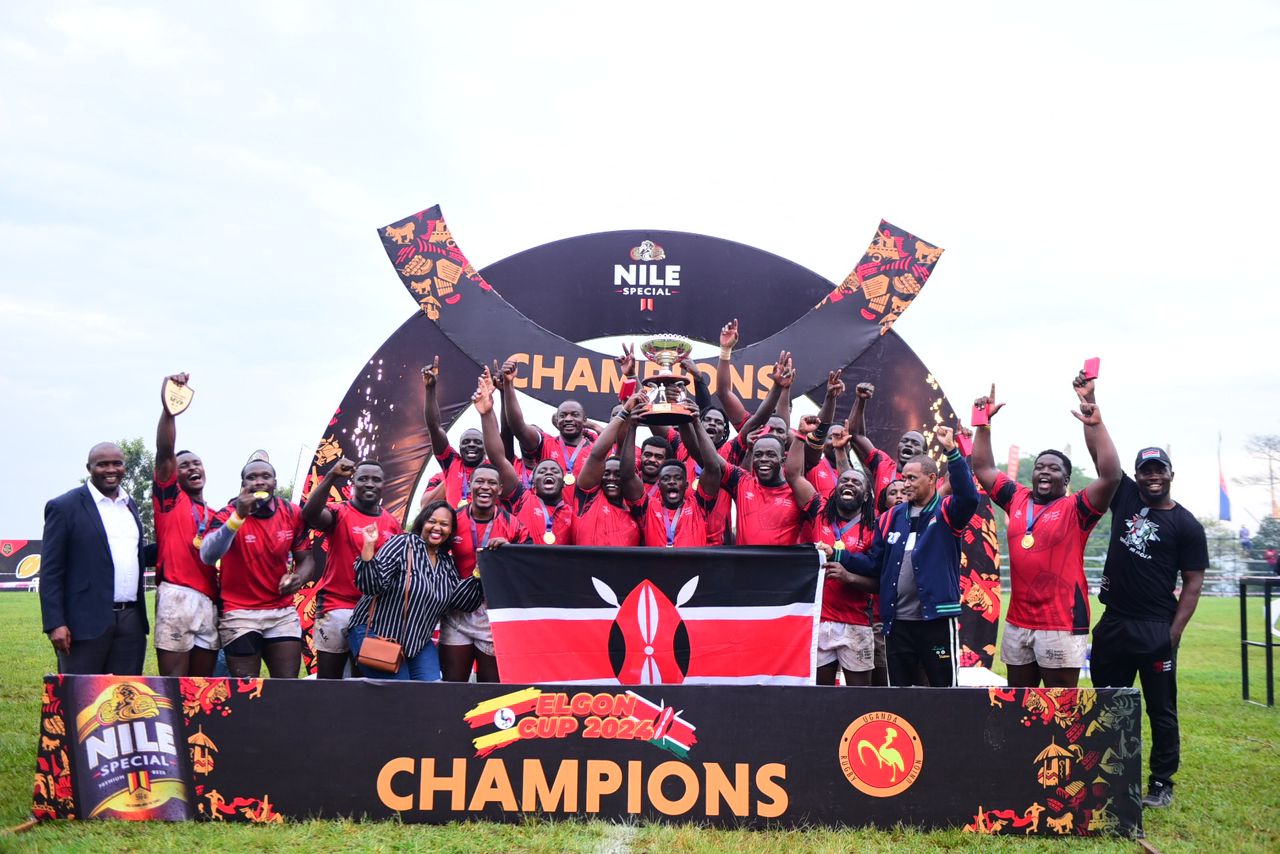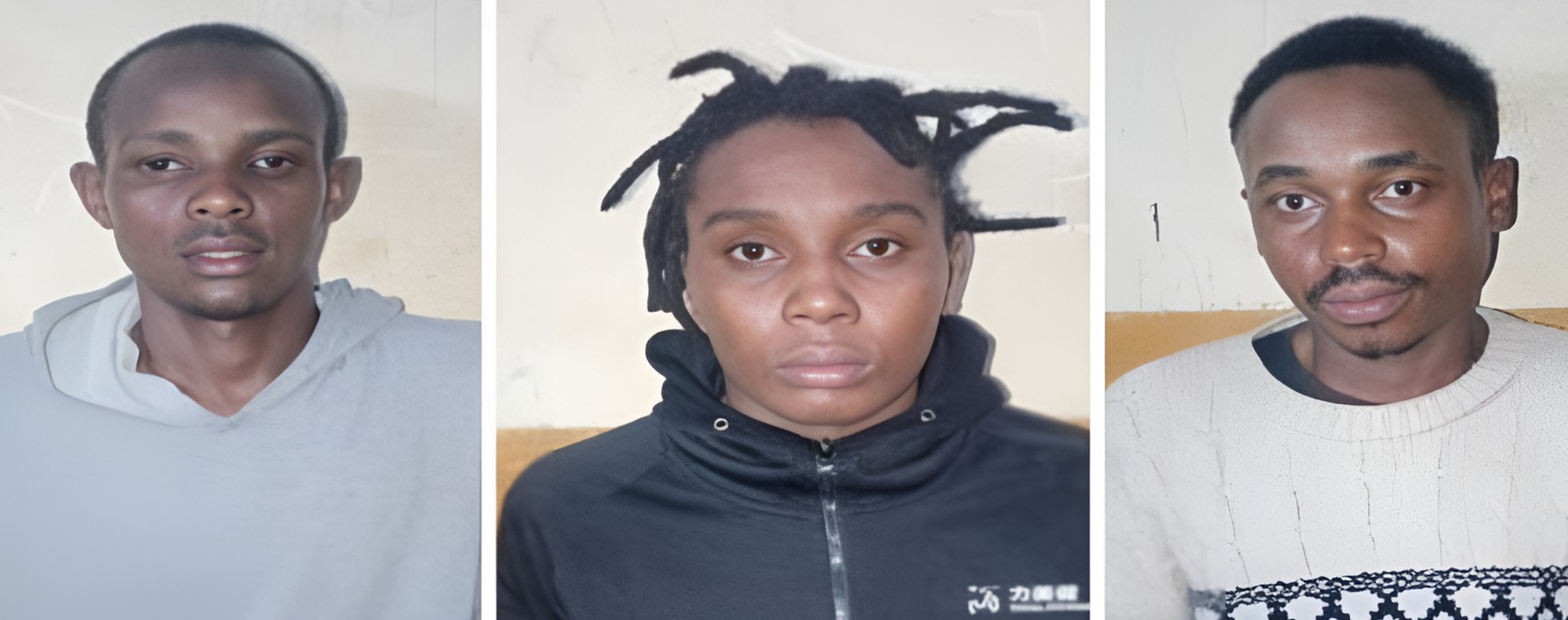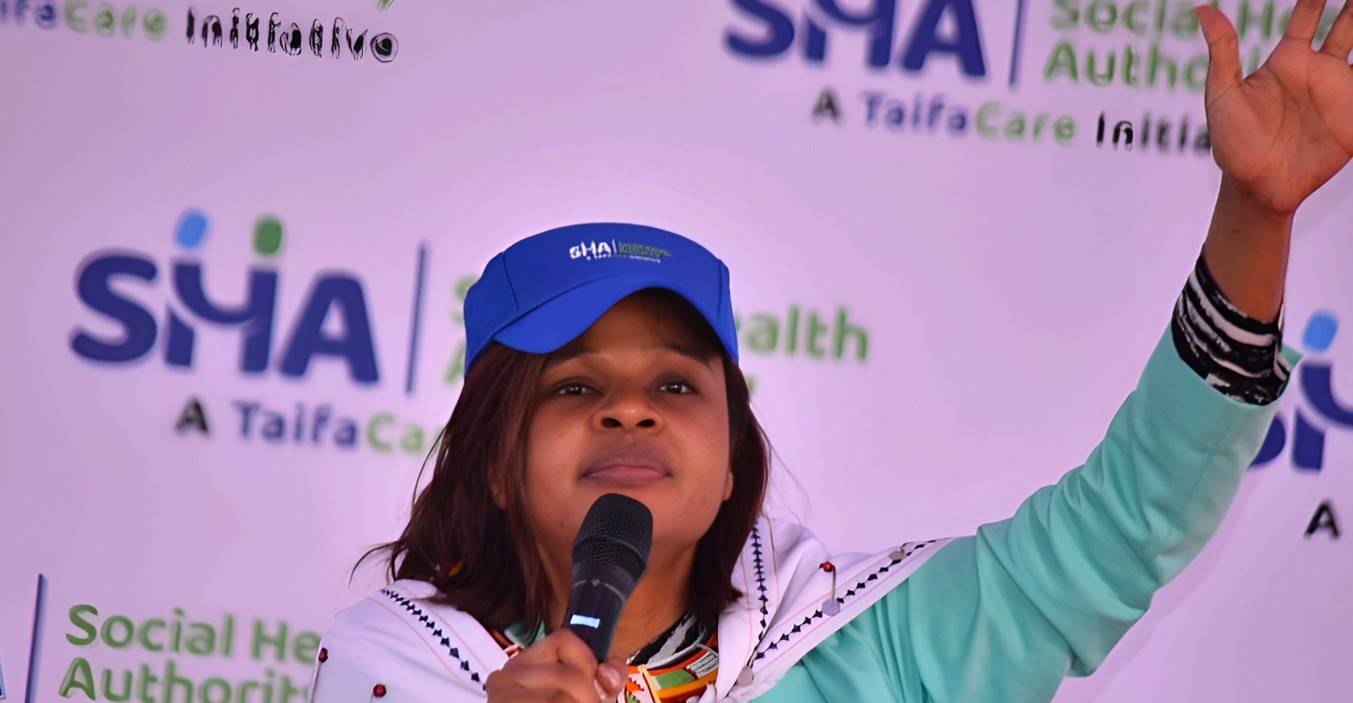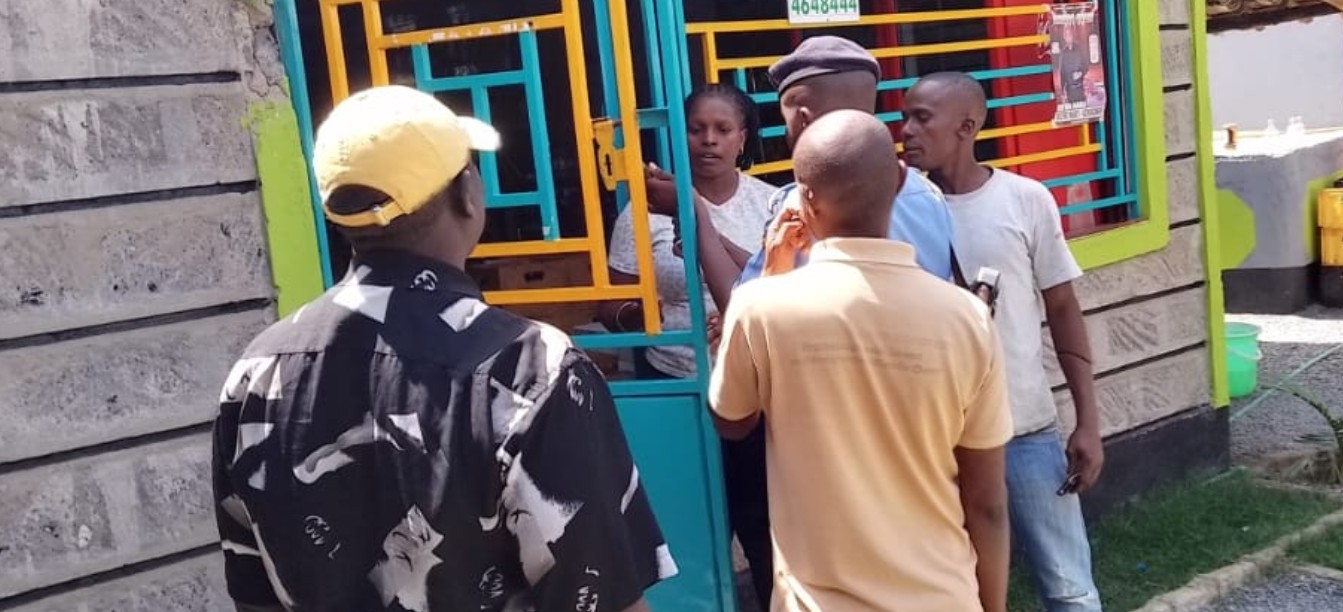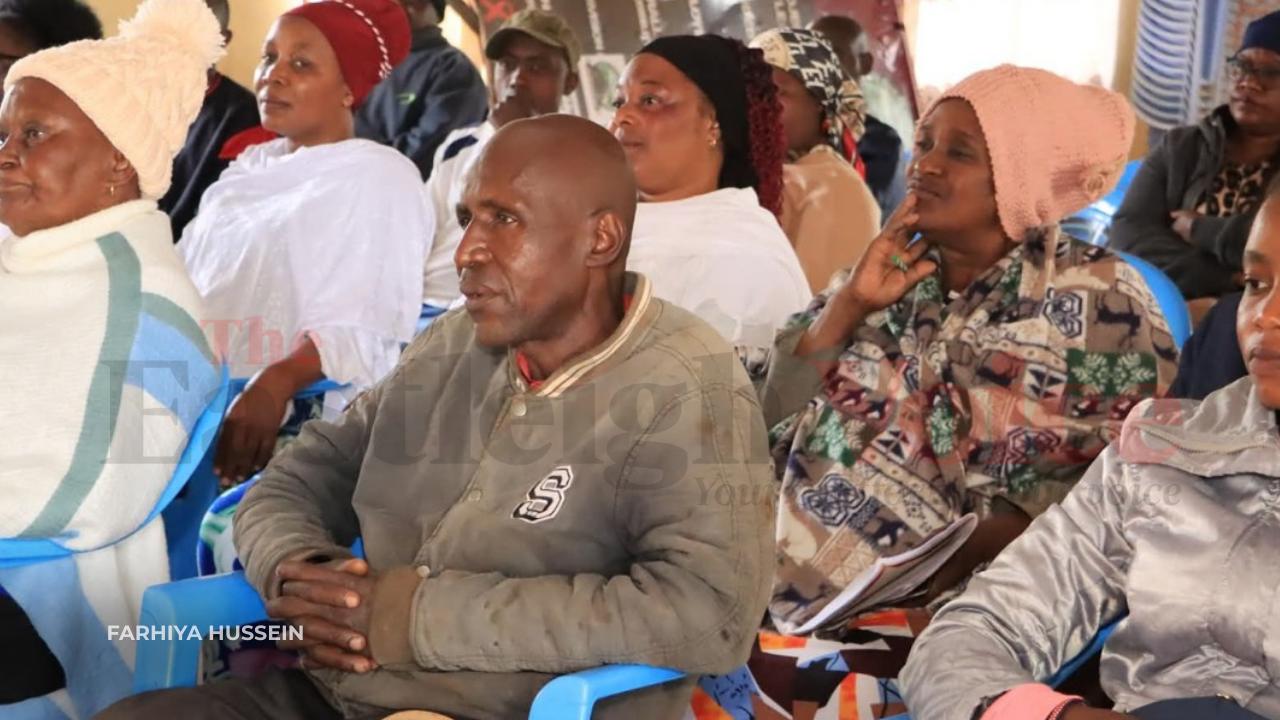Funding gap leaves over 300,000 students without HELB loans
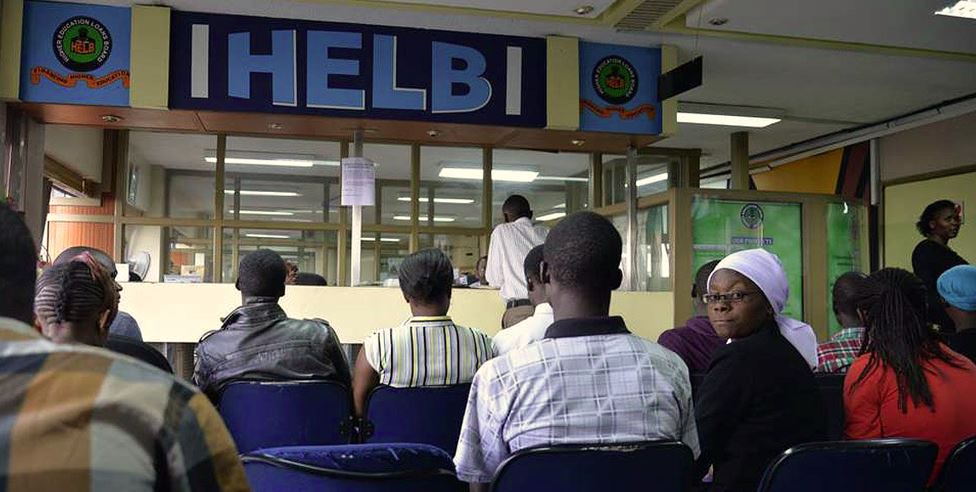
According to KNBS, out of the 324,828 applicants who were not successful, 292,751 were students from public universities, 12,159 were from private universities, and 48,231 were from TVET colleges.
Over 324,000 students in universities and technical colleges missed out on loans in the year ending June 2025 due to a cash crunch at the Higher Education Loans Board (HELB), according to new data from the 2025 Economic Survey.
The report shows that HELB received 1,038,254 loan applications but was only able to support 713,426 students. This left 324,828 students without financial help despite the board requesting Sh81 billion to meet the increasing demand. HELB was only allocated Sh46.9 billion.
More To Read
- HELB tightens portal rules, orders minor applicants to update national ID details
- KIPPRA flags job creation as key concern despite Kenya’s economic growth
- Kenya launches new data plan to help tackle climate change and development issues
- Kenya’s current account deficit surges to Sh66 billion - KNBS
- Kenyan diaspora births surge 15 per cent to 5,694 amid population growth
- Kenya’s Q1 growth steady at 4.9 per cent despite service sector slowdown
“The total number of loan applicants went up by 24.5 per cent to 1,038,254 in 2024-25,” states the Economic Survey, which was compiled by the Kenya National Bureau of Statistics (KNBS).
Loan applications have been rising steadily in recent years, showing the growing need for higher education support.
In the year ending June 2021, HELB received 376,137 applications. This number jumped to 833,857 in the year ending June 2024 and continued to grow in the following year.
Most of the students who apply for HELB loans come from low-income families and need the money to pay for tuition, accommodation, and other living expenses. The rising number of students qualifying for university admission has also increased the pressure on Helb’s limited resources.
According to KNBS, out of the 324,828 applicants who were not successful, 292,751 were students from public universities, 12,159 were from private universities, and 48,231 were from TVET colleges.
“Total loan applicants from public universities rose by 22.9 per cent to 668,637 while the loan beneficiaries increased by 24.5 per cent to 375,886 in 2024-25,” the report notes.
HELB allocates between Sh35,000 and Sh60,000 per student per year, depending on their financial background. Of this amount, Sh8,000 is paid directly to the university as tuition fees. The remaining amount is sent to the student’s bank account in two equal parts, covering both semesters.
HELB was created as a revolving fund, which means past beneficiaries are expected to repay their loans to allow new students to benefit. However, an increase in loan defaulters has made it difficult for HELB to keep up with demand.
The shortage of funding now leaves thousands of students unsure of how to continue their education. For many, HELB loans are the only way to afford university or college studies.
Other Topics To Read
Top Stories Today


